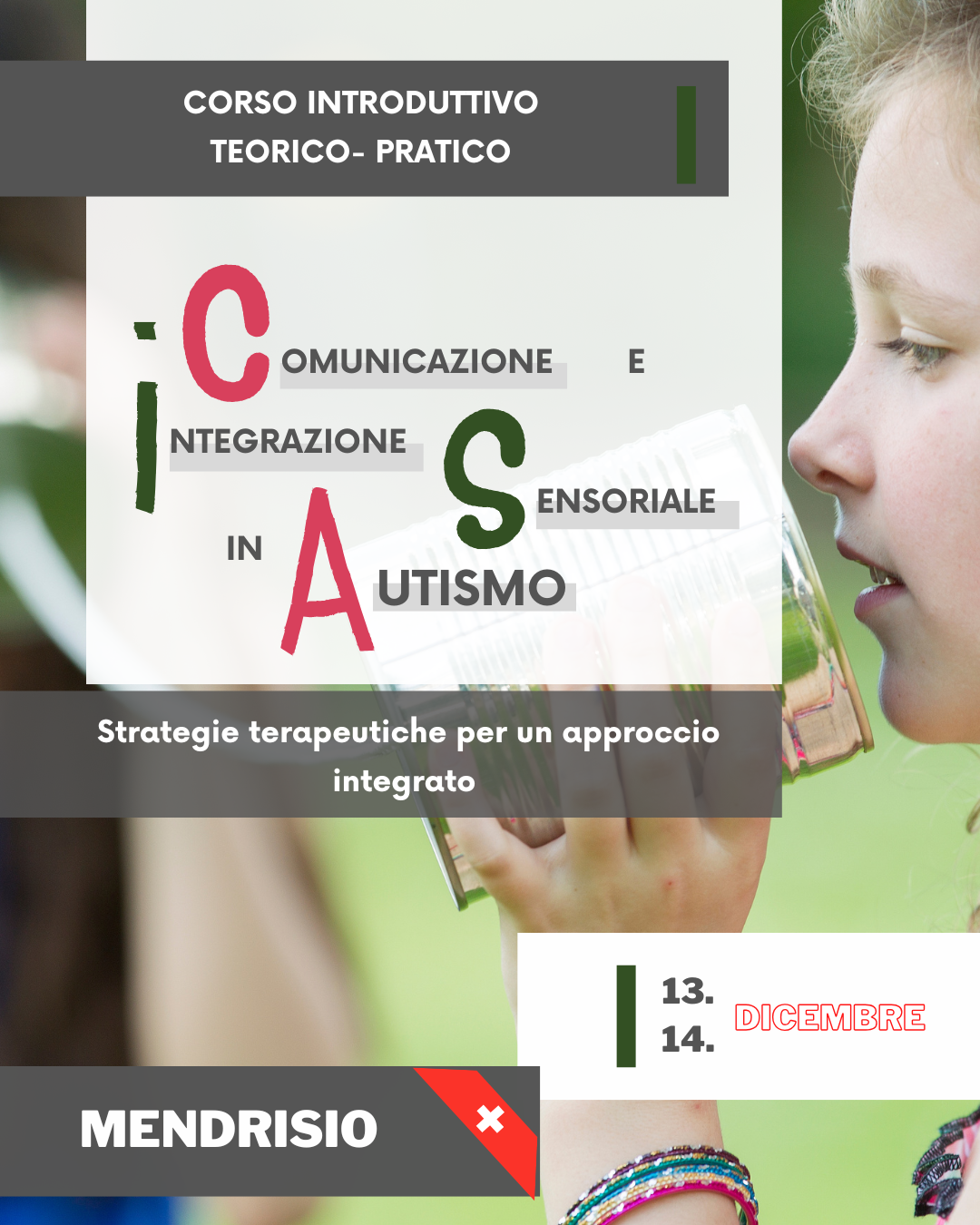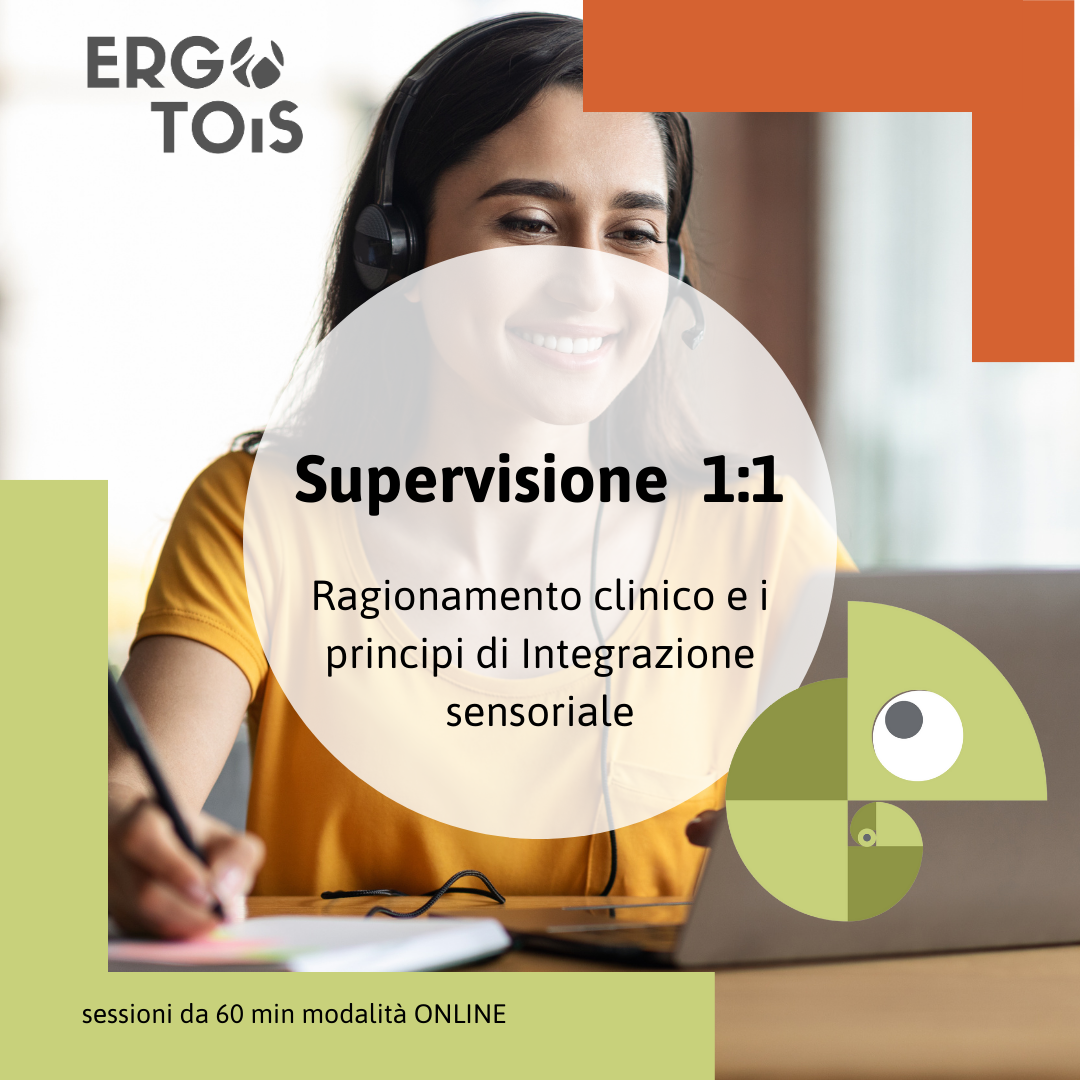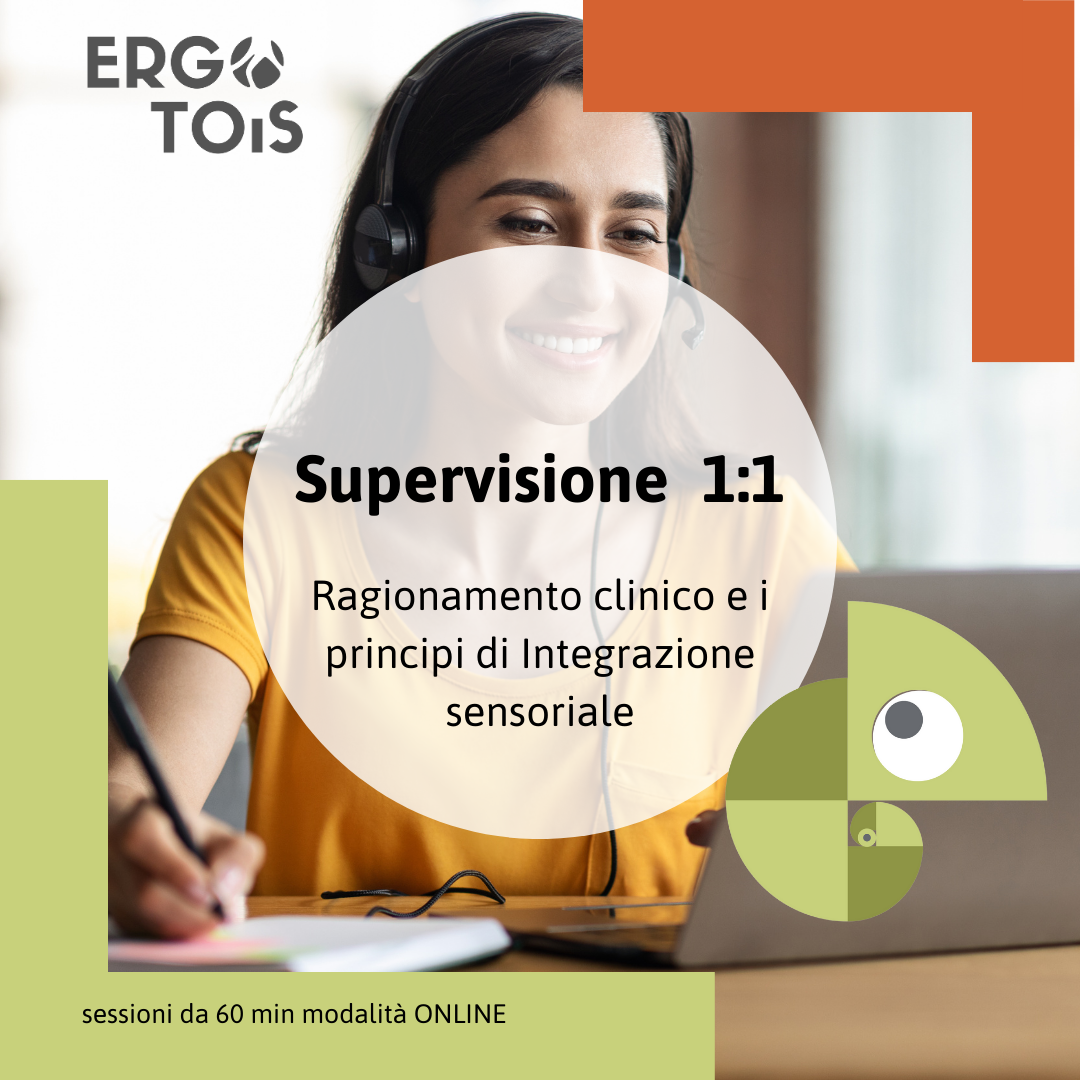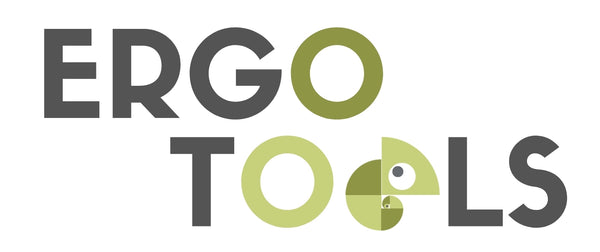Frequent questions
What is sensory integration?
Sensory Integration Theory, theorized by Anna Jean Ayres, explores the way in which the nervous system in each of us processes and responds to environmental sensory stimuli. Ayres identifies three key components: sensory reactivity, sensory discrimination, and praxis.
Sensory Integration therapy according to the principles of AJAyres promotes people's ability to process and respond to sensory stimuli through enriched sensory experiences, to develop basic skills for success in everyday living activities. Scientific evidence recommends this type of intervention for the care of people with neurodevelopmental differences such as autism, ADHD, specific learning disorders, dyspraxia and sensory hyper-reactivity.
What is DIR Floortime?
DIR/Floortime, short for "Developmental, Individual-Difference, Relationship-Based/Floortime," is a therapeutic approach developed by Dr. Stanley Greenspan and Dr. Serena Wieder for caring for children with autism and other neurodevelopmental differences. Based on three key principles - Development, Individual Differences and Relationship Based - the approach promotes development through activities that respect the child's growth phases. “Floortime” practice involves person-level interactions, following the child's interests and building meaningful relationships through play. Personalized for each child's needs, DIR/Floortime focuses on promoting social, emotional and cognitive development through affective interaction with parents, therapists and caregivers.
Why do we need specific equipment for Sensory Integration therapy according to the Ayres principles?
The specific equipment used in Sensory Integration therapy according to the Ayres principles is designed to provide particularly enriched, but also structured and "controlled" sensory stimuli. These tools make it possible for the therapist to modulate the intensity and quantity of stimuli, facilitating the development of adaptive responses in the person, encouraging active involvement. Adaptation to individual needs is a key feature, allowing a person-centred therapeutic approach. Sensory integration equipment creates a rich therapeutic environment that supports the therapist's clinical reasoning, promoting the sensory processing process in people with individual differences that lead to hidden challenges in sensoriality.

📍 Dove: Mendrisio – LaFilanda, Sala Verde
📅 Quando: 13–14 dicembre 2025
⏰ Durata: 2 giornate (13,5 ore complessive)
👥 Destinatari: professionisti sanitari, psicologi, educatori, insegnanti
👩🏫 Docenti: Katia Rezzonico (logopedista, fondatrice iuki) e Irene Bressan (terapista occupazionale, esperta in integrazione sensoriale e DIR Floortime)
🔒 Posti limitati: max 20 partecipanti
💶 Quota di iscrizione early bird: 335 € (entro il 31.10.2025)

Clinical supervision meeting
Share

